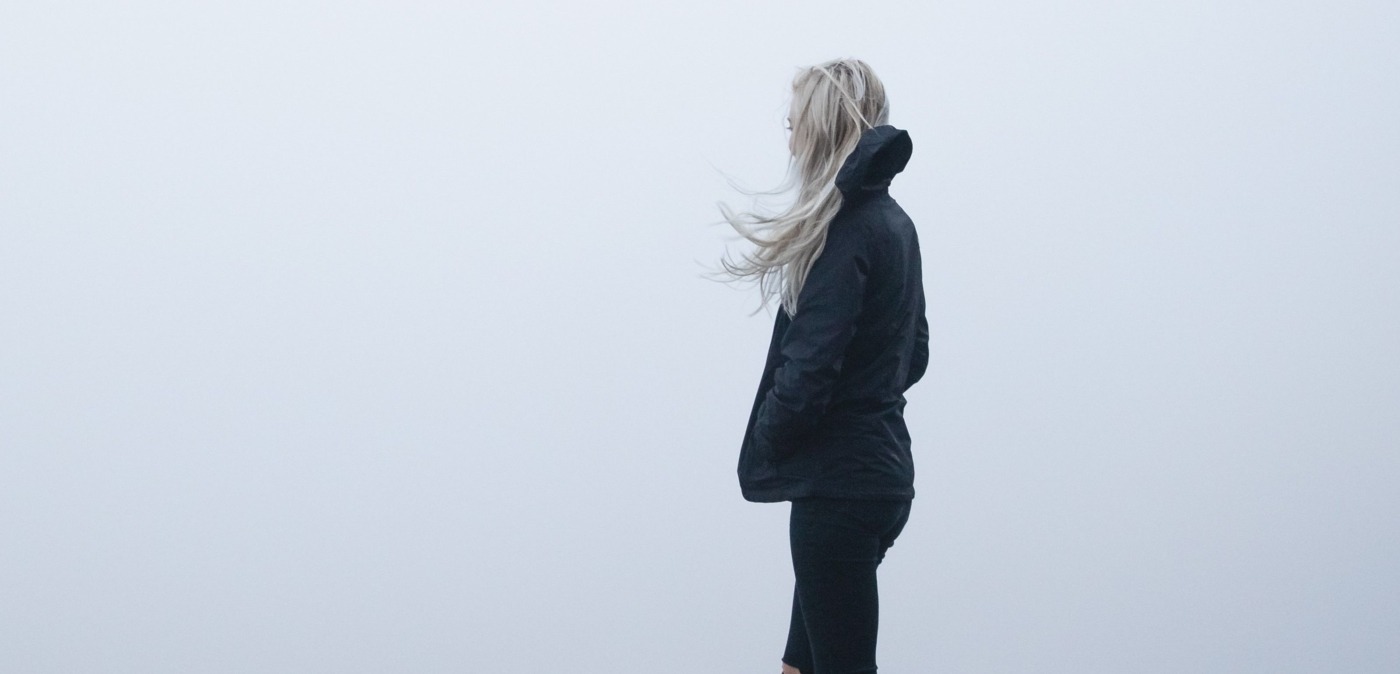Let’s talk about grey hair
For many women, the thought of having grey hair one day in the near or distant future fills them with dread. We are bombarded with adverts by hair-dye companies that encourage covering up the grey. Lots of people invest in dyes to try to cover it up, but the culture surrounding grey hair is beginning to change.
Haircare brand Pantene is leading the change we are seeing in beauty standards concerning hair colour through their #PowerofGrey advert. The advert caught my eye for its unashamedly powerful representation of naturally grey-haired women.
There were several models, stunningly beautiful women of all ages, who sported their natural grey hair. This was surprising to see in a beauty advertisement, and it was at this moment that I realised how little we get to see media representation of grey-haired women, and how much of a taboo this seems to be.
I’d like to think that when I do start to notice the odd grey hair, I won’t feel the pressure to dye it
These women had made the decision not to conform to the societal pressure of dying their hair as soon as the odd grey strand appeared. This is not to say, however, that women who choose to dye their hair are making a wrong decision. It is all down to personal choice – women should do whatever makes them feel empowered. It is important that women are given a choice and that they don’t feel pressured by societal norms.
This is an issue I am particularly passionate about because the women in my family all go grey very early on. My mum was turning grey well before the age of thirty, so it is something that I am expecting. I’d like to think that when I do start to notice the odd grey strand, I won’t feel the pressure to dye it.
The pressure on women with grey hair to dye it is high. Pantene found that 80% of Brits have grey hair but 40% cover it as they feel less confident with grey hair. And 35% agreed that “society is more accepting of grey-haired men than women.”
The #PowerofGrey advert argues “women are silver foxes too.” This relates to a wider issue about how male ageing is viewed much more positively than female, in the advertising industry and in wider society.
The effects of advertising on female body image are so important. 25% of Brits agreed they felt more confident about their grey hair after seeing grey figures in the public eye. Representation of all types of people is important and the use of grey-haired models allows women to see ageing as a natural process and not something that needs to be reversed or concealed.
Research by John Frieda found that 32% of women under the age of thirty had started to develop grey hair
Pantene has stated that they want to get people in the UK to “question entrenched beliefs and associations about going grey.” This breaks down the stigma surrounding ageing and going grey and relates to problems about how female ageing affects visions of inner beauty. Adverts like this can lead the way for conversations about how we view female ageing and beauty standards.
More women under the age of thirty are going grey. Research by John Frieda found that 32% of women under the age of thirty had started to develop grey hair. It is not something isolated to older women and this is something that needs to be discussed more so that it is no longer a taboo subject.
Pantene’s advert is hopefully the first of many to represent grey hair positively. The conversations that are being had are powerful and I commend the brand for leading the way.
Next, take a read of Let’s break the stigma of body hair.

Comments